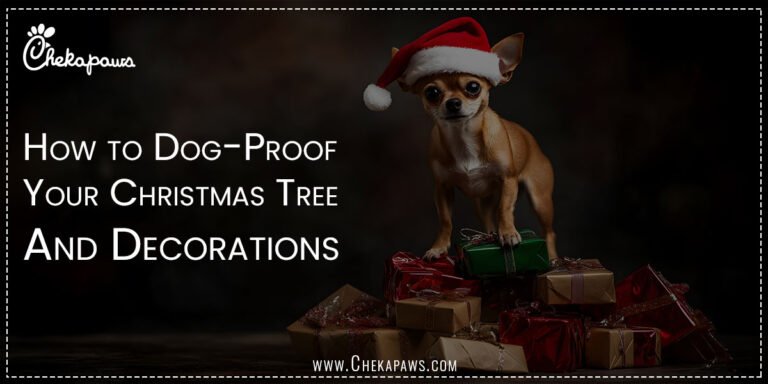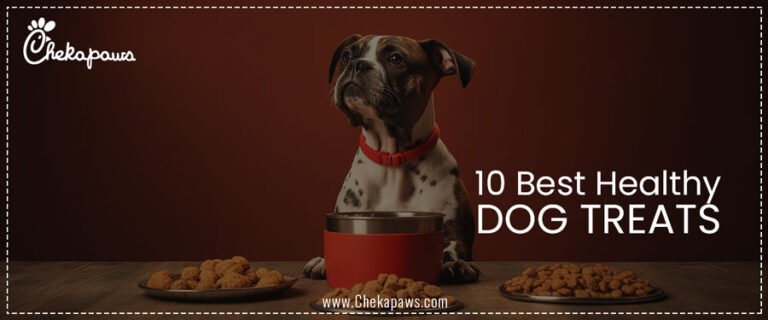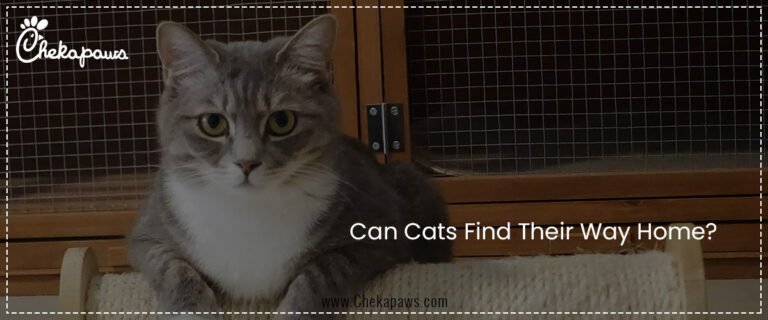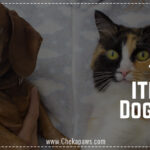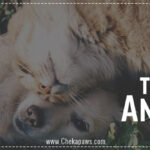As a pet owner, I am aware that dog grooming is important for the health and wellbeing of dogs and goes beyond simple aesthetics. Reduced shedding, avoided uncomfortable mats, healthier skin, and even a closer bond between you and your pet are all possible with the correct dog brush. Using the right grooming tool is crucial whether you have a short-haired Beagle or a long-haired Afghan Hound.
It can be difficult to choose the best brush because there are thousands of grooming items available. The top five dog brushes have been carefully chosen for various coat types, grooming requirements, and user preferences in this detailed guide.
Table of Contents
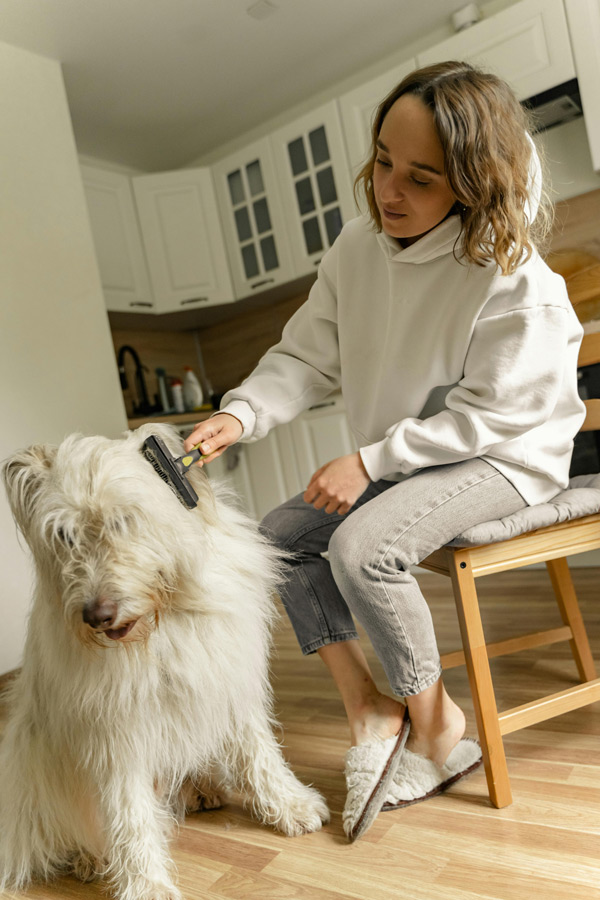
Why Brushing Your Dog Matters
There is more to brushing than appearances. Here’s why it’s so important:
- Minimises shedding and gets rid of loose hair.
- Avoids matting and knots
- Provides natural oils for a healthier coat and skin.
- Makes it possible to find parasites, tumors, or injuries early.
- Gives the dog and owner a chance to bond.
Frequent grooming can also reduce hair and dander-induced allergy triggers in the house. Dogs may require daily, weekly, or occasional brushing, depending on their breed and coat type.
How to Choose the Right Brush
Before selecting a brush, take into consideration these important factors:
- Which type of coat is it—long, short, wiry, curly, or double-coat?
- Grooming goal: Deshedding or detangling? Are you done?
- Temperament of the dog: Some canines are more tolerant of gloves than bristles.
- Your preferences: ergonomics, comfort, and ease of cleaning
Types of Dog Coats and Matching Brushes
| Coat Type | Description | Recommended Brush Type |
|---|---|---|
| Short | Smooth, flat hair (e.g., Beagle, Pitbull) | Rubber brush, bristle brush |
| Long | Flowy, tangle-prone (e.g., Golden Retriever) | Slicker brush, undercoat rake |
| Curly/Wavy | Dense and curly (e.g., Poodle) | Slicker brush, comb |
| Double coat | Thick undercoat (e.g., Husky) | Deshedding tool, undercoat rake |
| Wire coat | Harsh, bristly (e.g., Terrier) | Slicker brush, stripping comb |
5 Best Brushes for Dogs
Hertzko Self-Cleaning Slicker Brush
Ideal for: Dogs with most coat types, particularly those with long hair and double coats
Slicker brush type
Range of Prices: $15–$20
Advantages:
- Trapped hair can be easily removed thanks to the self-cleaning feature.
- Bristles of finely bent wire pierce deeply without causing skin irritation.
- Excellent for untangling stray hairs and matting
Cons:
- Very short-haired breeds shouldn’t use it.
- For sensitive dogs, it might be excessively firm.
Expert Note: Because of its overall efficacy and ease of cleaning, this product is a fan favourite. It is best applied with light pressure.
Furminator Tool for De shedding Undercoat
Ideal for: German Shepherds, Labs, and Huskies are examples of double-coated breeds.
Type: Tool for deshedding
Range of Prices: $25–$40
Advantages:
- Stainless steel edges efficiently remove undercoat hair.
- An ergonomic grip for extended periods of grooming
- Comes in various sizes and coat-length models
Cons:
- May irritate skin if used excessively.
- Not for single-coated or non-shedding breeds
- Expert Note: When done properly, this tool significantly decreases shedding; it’s perfect for spring and fall coat blows.
Safari Pin & Bristle Brush
Ideal for: Dogs with short to medium coats (Boxers, Cocker Spaniels, etc.)
Type: Bristle + Pin Combo
Range of Prices: $10 to $15
Advantages:
- Two sides for smoothing and detangling
- Widely accessible and reasonably priced
- Kind to delicate skin
Cons:
- Less successful on heavy mats or thick undercoats
Expert Note: Excellent for polishing and brushing on a daily basis; the bristle side helps distribute natural oils.
Chris Christensen Big G Slicker Brush
Ideal for: Double-coated, long, curly dogs (such as Collies and Doodles)
Kind: High-end slicker brush
Range of Prices: $60–$75
Advantages:
- Extra-long pins penetrate thick coatings deeply.
- ergonomic handle and lightweight design
- Superior construction for expert outcomes
Cons:
- Pricey
- It might be necessary to use it gently on delicate canines.
Expert Note: A popular option for groomers and owners of show dogs. Excellent for Doodles and Poodles in particular.
HandsOn Grooming Gloves
Ideal for: Nervous puppies and dogs with short hair. For Indian dogs, commonly called Indies, which generally have short to medium-length coats, a bristle brush or a slicker brush are the best choices for maintaining their fur.
Type: Grooming gloves made of rubber
Range of Prices: $20–$25
Advantages:
- It mimics caressing, which makes it perfect for dogs who are afraid or sensitive.
- Good at getting rid of dirt and loose fur
- Simple to use and clean while taking a bath
Cons:
- Ineffective at detangling
- can deteriorate with prolonged use.
Expert Remark: Perfect for everyday use and spending time together. Excellent for households with many pets as well.
Grooming Tips by Coat Type
- Brush your short coat (such as a Boston Terrier or Boxer) once or twice a week.
- Make use of bristle brushes or rubber mitts.
- Examine your skin for dryness or discomfort.
- Brush your long coat (such as a Shih Tzu or Golden Retriever) every day to avoid knots.
- Make use of metal combs and smoother brushes.
- Think of using a mat detangling spray.
- Brush your curly coat (such as a poodle or bichon frise) every other day.
- Use a steel comb and a slicker.
- It is advised to regularly get expert grooming.
- During shedding seasons, brush your double coat (such as a German Shepherd or husky) multiple times a week.
- Make use of deshedding tools or undercoat rakes.
- Don’t shave until absolutely necessary.
- Wire Coat (for example, Terrier breeds) Weekly Brushing
- Show dogs may require hand-stripping.
- Make use of stripping knives and slickers.
Common Grooming Mistakes to Avoid
- Skipping brushing completely can result in mats, skin infections, and increased hair loss.
- Brushing too vigorously may result in brush burn or skin discomfort.
- Ineffective grooming and irritation are the results of using the incorrect kind of brush.
- Not looking for concealed mats: Common locations include behind ears, under legs, and the base of the tail.
- It’s crucial to ignore the undercoat, especially in seasonal shedders.
Frequently Asked Questions (FAQs)
How frequently should my dog be brushed?
A: Depending on the type of coat, it can be either weekly for short or wiry coats or daily for long or curly coats.
What distinguishes a pin brush from a slicker brush?
A: Pin brushes are softer and are used for smoothing; slickers have fine wires close together for detangling and debris removal.
Can my dog suffer harm from brushing?
A: Definitely, if done incorrectly or too aggressively. Be gentle at all times and observe your dog’s response.
Do pricey brushes make sense?
A: Usually, yes, particularly for coats that require a lot of upkeep or are thick. They are more effective and last longer.
Can I give my dog human brushes?
A: Not at all. Dog brushes are made to meet the specific needs of their skin and fur.
Conclusion
One easy yet effective method to preserve your dog’s comfort, health, and attractiveness is to brush them. Each of the five brushes on the above list performs very well for particular coat types and requirements. The correct tool can make all the difference, whether you’re fighting mats, shedding, or simply want a neat finish.
Summary of the Best Selections:
- The Best All-Around Hertzko Self-Cleaning Slicker Brush
- The Greatest Shedding Tool: Furminator Deshedding
- Safari Pin and Bristle Brush: The Greatest Low-Cost Set
- Chris Christensen Big G: Ideal for Experts
- The Greatest for Sensitive Dogs: Hands-On Grooming Gloves
Together, you will live a cleaner, healthier life if you are aware of your dog’s coat and behavior and use the proper grooming brush.

